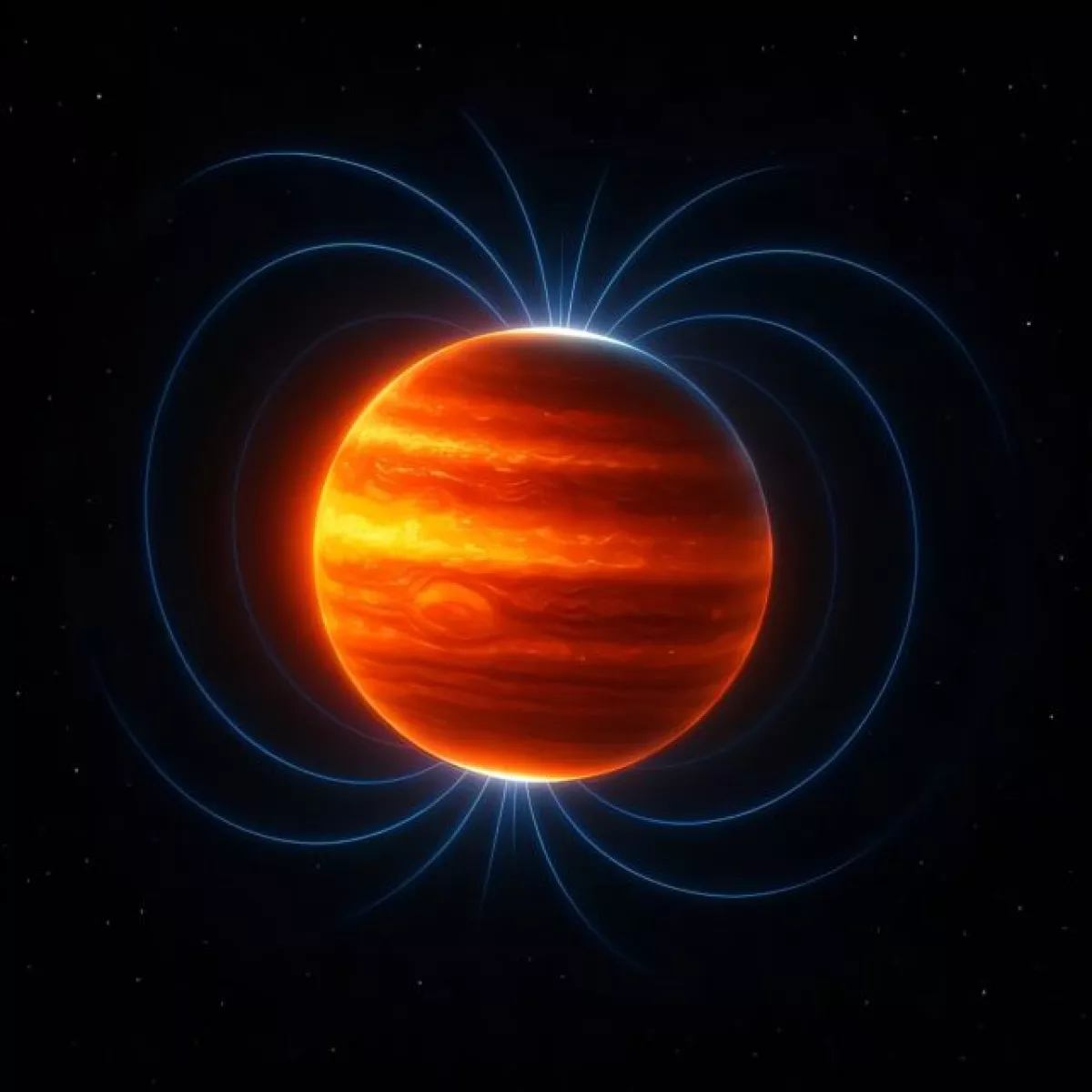Science Alert: Jupiter was once even bigger
In an article by ScienceAlert, it is revealed that Jupiter — already the most massive planet in our Solar System — was once even larger in volume during its early formation. By analysing the tilted orbits of two of Jupiter’s small inner moons, the scientists have reconstructed the gas giant's evolutionary history, uncovering evidence that it underwent a rapid phase of expansion just 3.8 million years after the Solar System’s first solid materials formed.
Jupiter is already the heavyweight champion of our Solar System — a gas giant so massive it outweighs all the other planets combined by a factor of 2.5. But what if we told you that the king of planets used to be even bigger?
Based on new calculations from astronomers Konstantin Batygin and Fred Adams. Their research suggests that, in its early years, Jupiter may have had up to 2.5 times its current volume, with a magnetic field 50 times stronger than what we see today. In other words, Jupiter was once an absolute cosmic colossus.

How do they know? The duo turned to two of Jupiter’s tiny inner moons — Amalthea and Thebe. Their oddly tilted orbits contain ancient clues about the gravitational environment of early Jupiter. By reverse-engineering their trajectories, the researchers were able to peer back 4.5 billion years and reconstruct the gas giant’s formative years.
Their findings support the core accretion model of planetary formation — the “bottom-up” approach, where small particles clump together to eventually form massive worlds. Jupiter, it turns out, hit a tipping point early, rapidly ballooning in size by hoovering up gas from the surrounding disk at breakneck speed — to the tune of more than one Jupiter mass per million years.
This growth spurt didn’t last forever. Once the gas supply ran out, Jupiter began contracting under its own gravity — a slow process that continues to this day. The planet may be shrinking, but its influence hasn’t diminished. Scientists believe Jupiter helped stabilize the Solar System’s layout, creating conditions that allowed life to evolve on Earth.
Perhaps most astonishing of all: these new insights were gleaned not from distant telescopes or faraway exoplanet surveys, but from the tiny wobbles of a couple of moons in our own celestial backyard.
"This gives us a powerful new benchmark," says Batygin. "It brings us one step closer to understanding how not just Jupiter, but the entire Solar System came to be."
By Sabina Mammadli








